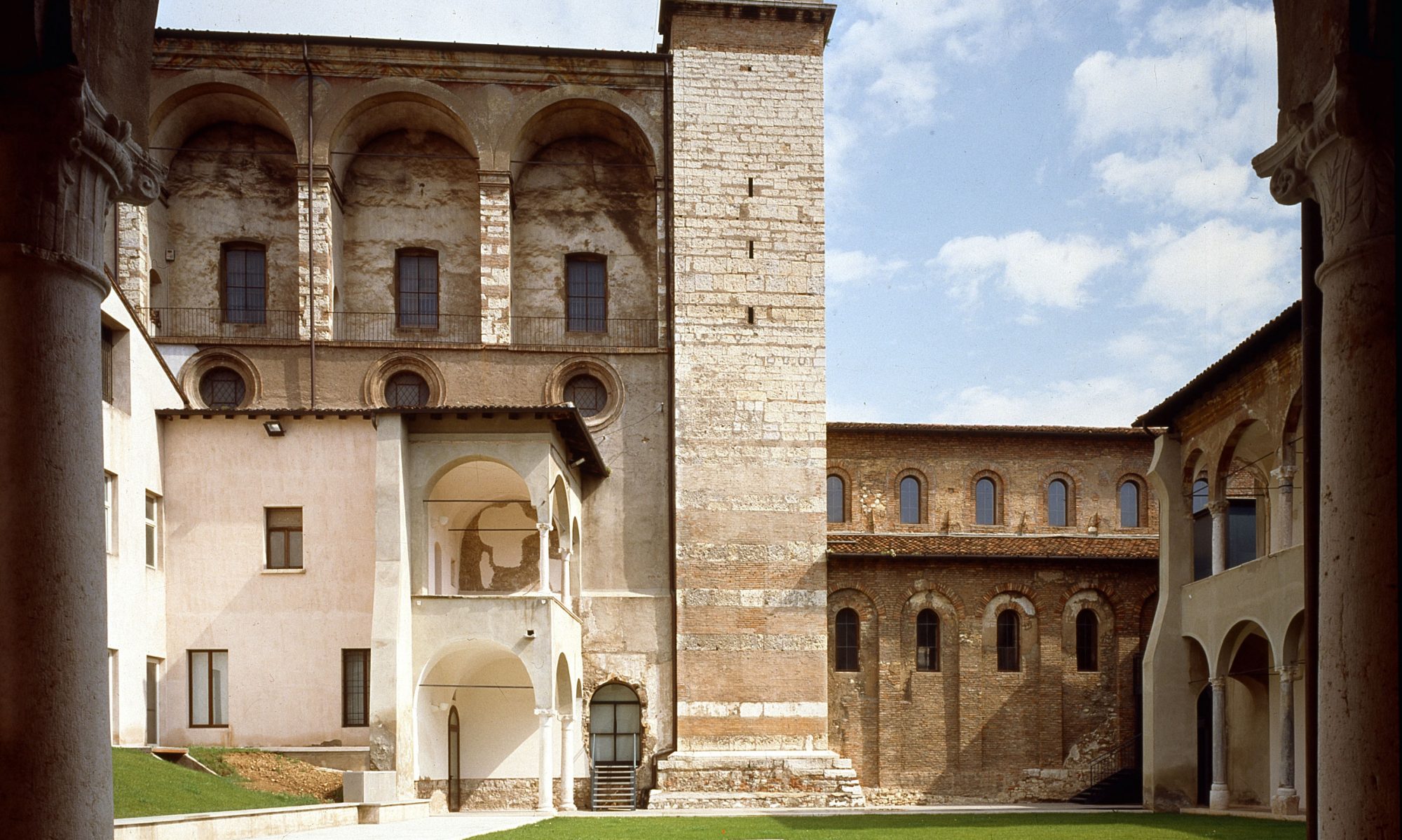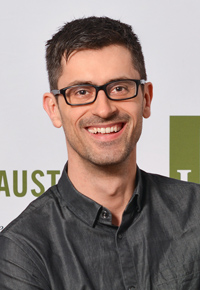 Bernd Bickel
Bernd Bickel
Bernd Bickel is a computer scientist interested in computer graphics and its overlap into animation, biomechanics, material science, and digital fabrication. His main objective is to push the boundaries of how digital content can be efficiently created, simulated, and reproduced using advanced 3D printing technology. Bickel’s work focuses on two closely related challenges: (1) developing novel modeling and simulation methods, and (2) investigating efficient representation and editing algorithms for materials and functional objects. Recent work includes: theoretical foundations and practical algorithms for measuring and modeling the deformation behavior of soft tissue; simulating and reproducing fundamental properties, such as elasticity, surface reflectance, and subsurface scattering; and computational design systems for efficiently creating functional artifacts such as deformable objects and mechanical systems.
Marco Livesu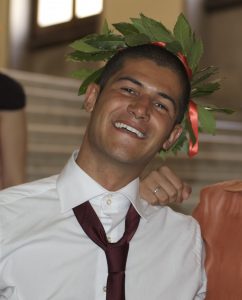
Marco Livesu is a permanent researcher at the Institute for Applied Mathematics and Information Technologies of the National Research Council of Italy (CNR IMATI). He took his PhD at University of Cagliari (2010-2014), after which he was post doctoral researcher at the University of British Columbia (2014-2015), University of Cagliari (2015) and CNR IMATI (2015-2016). His main research interests are digital modeling for additive/subtractive manufacturing, and mesh generation/optimization, for which he owns two international patents. In 2015 he was one of the recipients of the ERCIM Alain Bensoussan PostDoctoral Fellowship, which he refused to join CNR IMATI. He is the creator and developer of CinoLib, a C++ library for processing general polygonal and polyhedral meshes.
Jonas Martinez
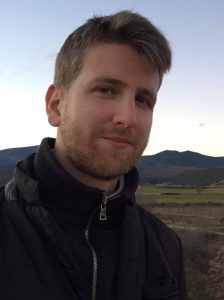 Jonàs Martínez is a researcher at Inria.
Jonàs Martínez is a researcher at Inria.
He received a Ph.D. degree from Universitat Politècnica de Catalunya in 2013, and was awarded an ERCIM fellowship (FP7 Marie Curie actions).
He worked in the frame of the ERC Shapeforge project, which aims at helping users design new, complex objects from examples, in the context of additive manufacturing.
His current recent research lies at the intersection between fabrication, computer graphics, and geometry processing. He published several papers on these topics at high-impact journals and conferences and contributed algorithms to the IceSL modeler and slicer for additive manufacturing.
Luigi Malomo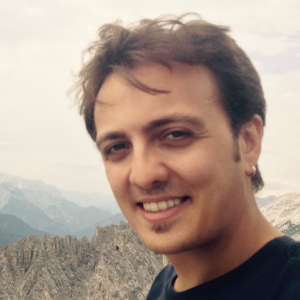
Fabio Pellacini 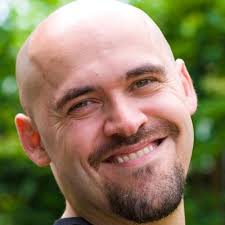
The main research interest of Prof. Pellacini is the investigation of computational methods to support design of 3D objects, from their shape to their appearance, through the development of interactive rendering algorithms, intuitive design interfaces, novel fabrication methods, and user studies. This research led to various theoretical results and practical applications in the areas of interactive realistic rendering, 3D printing, user interfaces and visual perception.
Marco Centin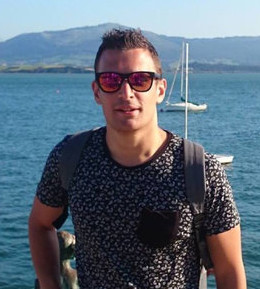
Marco Centin is a research engineer at Open Technologies Srl, a company that develops professional systems for high-precision 3D scanning for industrial and biomedical applications. He received M.Sc. with honors in Mathematics’12 from the University of Milano Bicocca, Italy and Ph.D. in Information Engineering’18 from the University of Brescia, Italy. His work mainly specialized on Mesh Processing algorithms for high-quality 3D scanning applications, including mesh fixing, hole filling, implicit surfaces, meshing and smoothing. His research interests include Computational Geometry, Geometry Processing and Computer Vision.
Marco Tarini
Marco Tarini (PhD, Pisa, 2003) is an Associata Professor at the at the Dipartimento di Informatica Giovanni degli Antoni of the Università degli Studi di Milano (“La Statale”) (Italy) and an a Associate Researcher with CNR-ISTI, Pisa, Italy. His research interests are in ComputerGraphics and its applications (Cultural Heritage support, Scientific Visualizatio n, Video Games). Hismain contributions are in surface parameterization, in GPU based modelling, real-time ren deringtechniques and computer assisted fabrication.
He has published more than 20 papers on top Journals of his area and in International Peer-reviewedConferences and workshops. In 2006 he was granted the Young Researcher Award, by Eurographics(the European Association for Computer Graphics), “i n reco gnition of the notable contributions madein the field of Computer Graphics”. Some of his work has received best paper awards: the Best PaperAward 2005 by the Computer Graphics Journal (ELSEVIER), and the Best Student Paper Award 2000 at the EU ROGRAPHICS yearly conference, Comp. and Graph . Top Cited Article 2005-2010 ELSEVIER in Nov 2010.
Jesús Pérez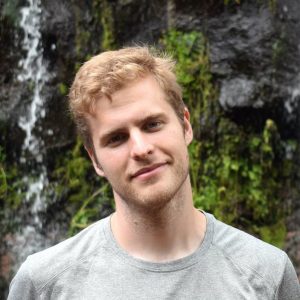
Jesús Pérez is a Postdoc Researcher in Computer Graphics at the Visual Computing Lab (IST Austria) under the supervision of Bernd Bickel. He is was awarded an IST Plus fellowship (H2020 Marie Curie Actions). His research focuses on physics-based animation and related application fields, mainly data-driven materials, computational design, and digital fabrication. Jesús received his BSc in Software Engineering (2010) and then he obtained an MSc on Artificial Intelligence (2012) from Universidad Politecnica de Madrid. Later, he got an MSc on Computer Graphics, Games and Virtual Reality (2013) from URJC, where he completed his PhD in Computer Graphics under the supervision of Miguel Otaduy (Multimodal Simulation Lab). During his PhD he worked as an intern at Disney Research Zurich.
